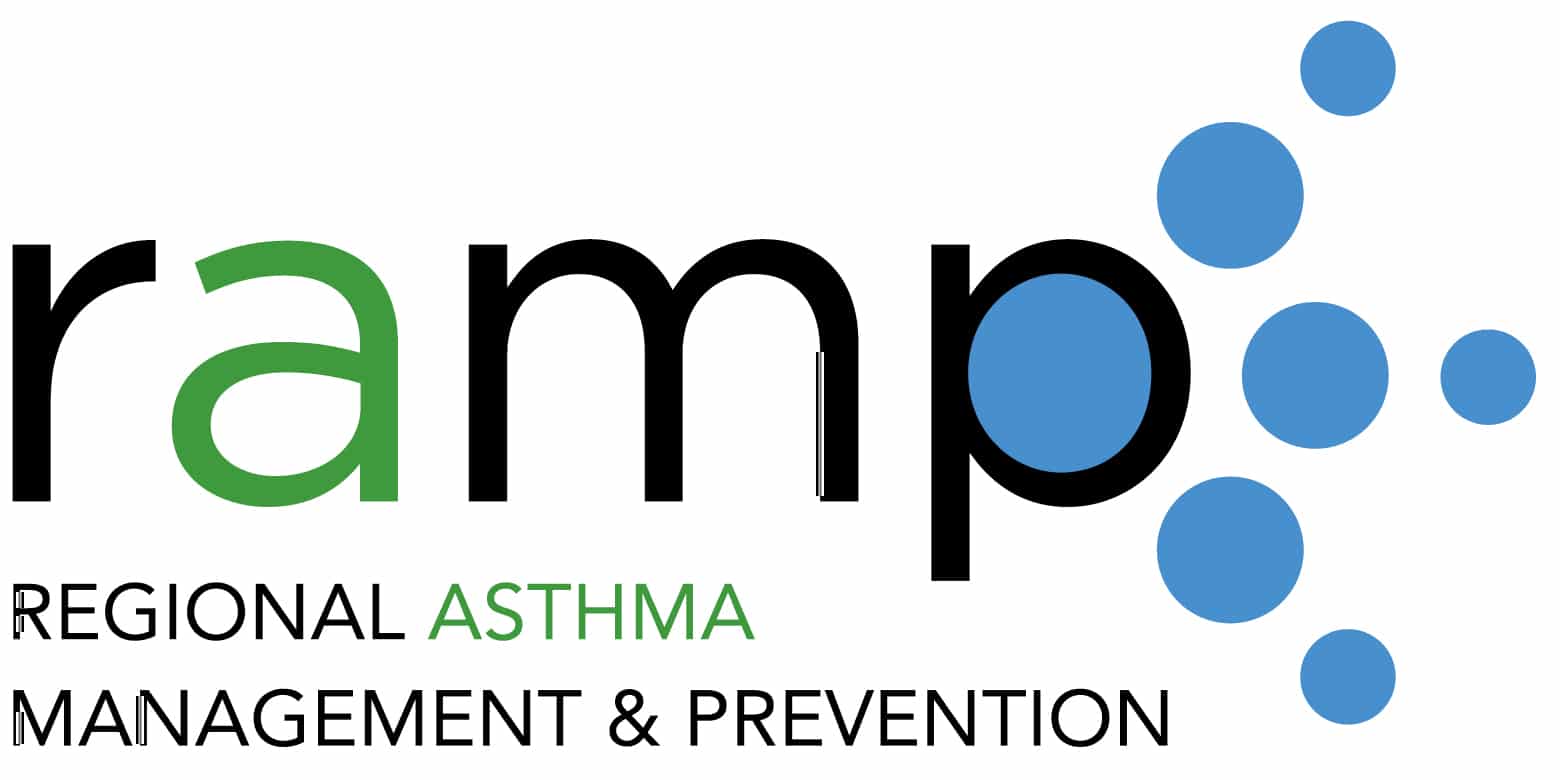This overview of the state of Missouri’s progress in building and sustaining systems to support access to asthma home visiting services is a part of a series of success stories developed by RAMP and the National Center for Healthy Housing. Others are featured in Sustainable Financing for Home-Based Asthma Services: Snapshots of Innovation and Progress Across the Country.
When it comes to leadership in advancing sustainable asthma home visiting services, Missouri stands out: In 2016, the state became the first in the nation to provide Medicaid coverage for home-based asthma self-management education and home environmental assessments through a state plan amendment (SPA) using the Preventive Services Rule. With approval from the Centers for Medicare and Medicaid Services, the rule allows Medicaid funding for defined preventive services—in this case, home-based asthma services for enrolled children—provided by qualified non-licensed professionals.
This pioneering development wouldn’t just help the children of Missouri’s Medicaid program; it also provided a concrete policy success that other states could use in their own work to develop systems to sustain asthma home visiting services. California, for example, used the Preventive Services Rule to advance its own policy; Hawaii is in the process of doing the same; and other states have used Missouri’s progress to help inform, assess, and decide upon the most effective path forward for their own sustainability mechanisms.
Of course, as pleased as they are that their work has served as an example and inspiration for others, Peggy Gaddy and Eric Armbrecht—the asthma program coordinator and lead evaluator, respectively, at the Missouri Asthma Prevention and Control Program (MAPCP)—are laser-focused on the question of how the coverage has helped the children it’s intended to serve. They’re quick to note that the answer is mixed. Peggy, for example, is clear that both the SPA is a tremendous success and there’s more work to do: “I can’t say that the home environmental assessments and home education have been a huge booming success as far as the number of units provided, [but] we have individual success stories about individual clients.” Eric adds, “Uptake may be low, but the people who receive the service benefit enormously. The home environmental assessment model used in Missouri aligns with evidence-based practices. The near-term costs savings of the model are well documented.”
The low uptake is due to a variety of factors, some of which are now clear only with the benefit of hindsight. Select factors include the following:
- The service reimbursement rates ($100 a year per client for the asthma self-management education and $125 per home assessment) haven’t been high enough to spark an increase in the workforce needed to meet the demand for the services.
- Prior authorization requirements—where a physician would order a home visit and then submit it to Medicaid for approval—slow the delivery of services and increase the implementation burden.
- The initial billing process was difficult and time-consuming and required the authorized individual providing the asthma services to bill the state directly.
- The SPA was written at a time when the state’s Medicaid program was primarily fee-for-service-based, but now approximately 90% of children covered by Medicaid are in the managed care system. That transition created new administrative barriers and a complicated enrollment process where a home assessor would have to be credentialed not only with the state’s Medicaid agency but with each of the state’s managed care organizations.
- The COVID pandemic, which upended so many healthcare reform and implementation efforts, stalled delivery of asthma home visiting services.
Not ones to shy away from a challenge, Peggy and Eric and their colleagues at MAPCP keep pushing for progress. At the core of their work is relationship building, starting with the state’s Medicaid program. They’ve worked with program staff for a long time, not just on asthma but on other health issues. It was their relationship with the program, in fact, that facilitated the creation of the SPA: Early in the process, other external partners explored state legislation to provide coverage, but the Medicaid agency suggested the SPA mechanism would be far more efficient. MAPCP’s approach to collaborating with any partner is critical, too, as described by Peggy: “We don’t go in there and ask [anyone] to change their process. We find out what their goals are and identify how our goals fit into that. We ask, ‘What is your agenda, and how can we help you?’ We’re looking for ways to help the people they serve.”
The productive relationships they’ve cultivated with Missouri’s Medicaid program mean they have an ally in the agency, even as the implementation of the covered services has been slow. Whereas low utilization may have led a different Medicaid program to scale back or even eliminate coverage, in Missouri the Medicaid program recently approached MAPCP about specific ways to increase utilization. There are still many details to work through, but initial conversations were extremely positive and focused on the sticking points that have emerged over the last decade. Solutions they’re collectively discussing include removing the preauthorization requirement, expanding eligibility to adults, using telehealth modalities to reduce the costs of delivering the asthma self-management education, and pulling in other existing workforces, including community health workers and emergency medical staff.
As it happens, the idea of pulling in other existing workforces syncs nicely with MAPCP’s efforts to train emergency medical technicians (EMTs) to conduct the home environmental assessment portion of the state Medicaid benefit. Peggy has started conversations with a paramedicine team in a very rural part of the state and hopes to provide the training soon. If it goes well, she hopes it can be a model for other EMTs throughout Missouri. Eric summarized the effort with, “We must leverage resources that are already in place.”
MAPCP staff are continuing to build on their relationships with managed care plans (MCPs), too. Even as they continue to engage the state Medicaid program, another effort Peggy and Eric would like to pursue is a direct contract between a home assessment provider and MCOs. This model reduces the burden of billing and streamlines the referral-recruitment process. They’re aware that the few provider organizations that have had more success in providing the covered services are supplementing Medicaid funding with other resources from private and public funding. In other words, MAPCP staff know the adoption of the SPA was a key step—but just one step—toward fulfilling the goal of increasing access to asthma home visiting services for Medicaid beneficiaries in need. As Peggy puts it, “We’re going to keep working on making it better. With our strong relationships in place, I’m confident we’ll do that.”
Key Lessons from Missouri
- Adopting a policy is a significant step but not the end goal. Effective implementation is also critical.
- Long-standing relationships, built through collaboration on a wide range of health issues, facilitate progress, including overcoming implementation challenges.
RAMP and NCHH thank the Missouri Asthma Prevention and Control Program at the Missouri Department of Health and Senior Services for contributing to the development of this excerpt.
The information shared here and in the complete document reflects the work of the various programs, as reported to us by the partners listed throughout. This product aims to amplify the dedicated efforts of these programs and their partners; all descriptions of the work of the highlighted program/community are based on the information provided.
Contact NCHH at askanexpert@nchh.org or RAMP at TA@rampasthma.org with any potential corrections. We are committed to ensuring that the work is presented transparently. The final determination of content accuracy and representation will be made by the highlighted program/community.

